Four fantasy island escapes
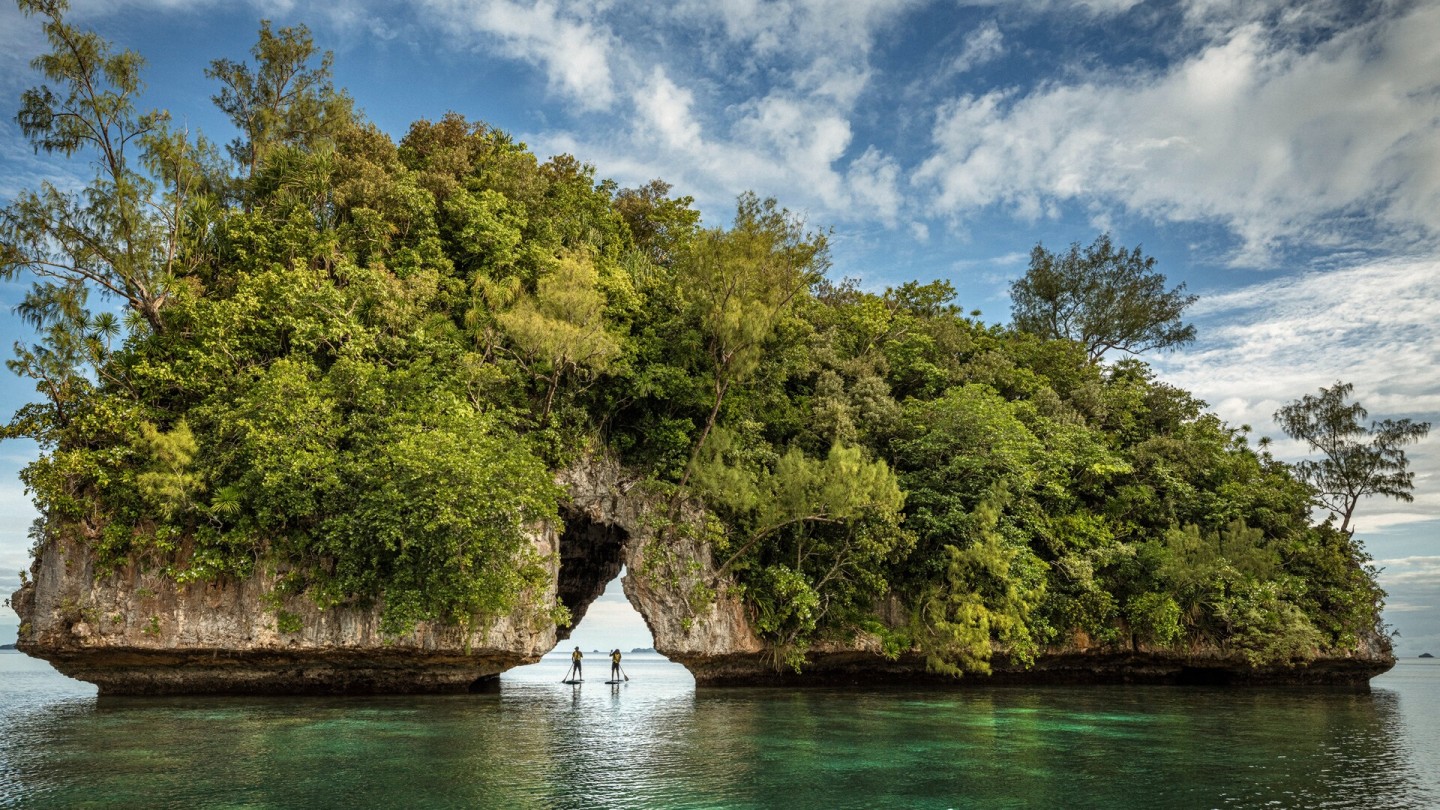
Roula Khalaf, Editor of the FT, selects her favourite stories in this weekly newsletter.
Highland views and glamping style in Argyll
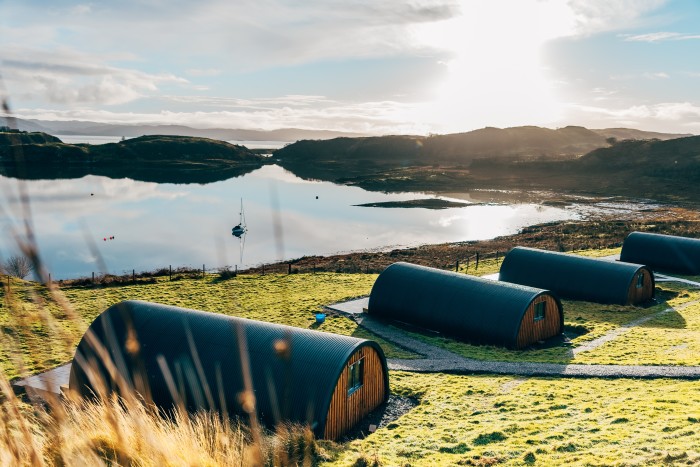
The island: In this case an isle, Luing lies off the blustery blue Argyll coast in Scotland’s Western Highlands. It’s where until the 1960s Scotland sourced much of the slate it used for construction (one of what’s known as the Slate Islands, in fact), though today most of its six-by-1.5 miles are given over to a small, picturesque villages and classic Firth of Lorn scenery: bays and cliffs, rolling lucent-green hills. Perfect for cycling, walking, cold-water swimming and eating gorgeous, honest food. (And the name’s pronounced Ling, not Loo-ing. A good way to start off on the right footing with the locals.)
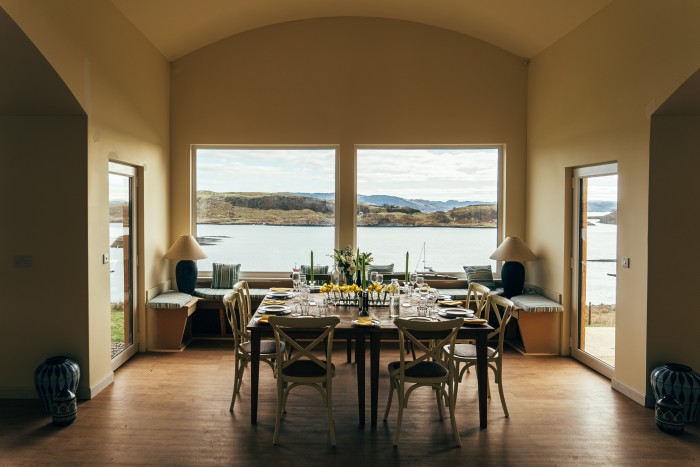
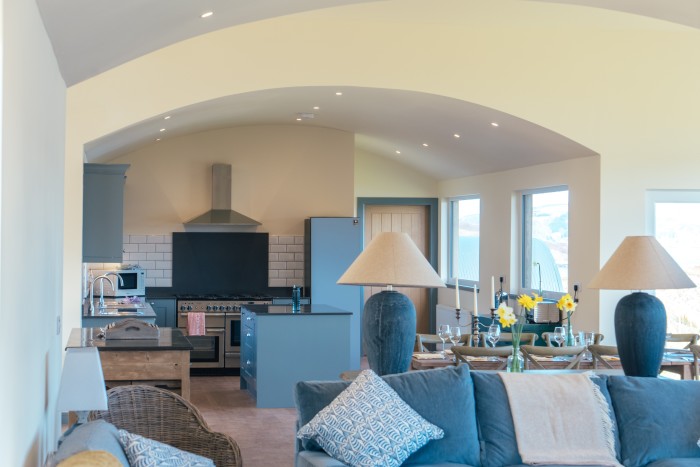
The stay: WildLuing’s WildSuites is a collection of groovy self-catering… domes? Huts? Cabins? Sort of a contemporary glamping combination of all three, each with a full kitchen, double-sprung bed and bathtub. All eight are strung along the sea’s edge, overlooking Torsa Bay. The Cadzow family, who have lived and farmed on Luing for more than 75 years, run the show and know the ropes: they can set you on the right tramping path, hire you a sailing boat for the day, even sort you a barbecue. wildluing.com, from £195
Stepping into the past in Mozambique
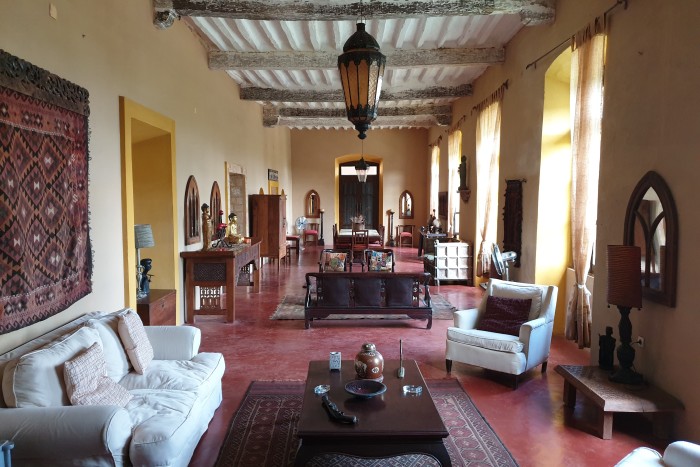
The island: Ilha de Moçambique, in Nampula Province in the far north of Mozambique – to this day, one of the most haunting places I’ve ever been, where history hasn’t ever quite relinquished its hold on the psychic landscape. Among the first points on the coast the colonising Portuguese made landfall at the end of the 15th century, it became their trade capital for almost 400 years. At one end of its three-km-long, densely-built expanse is the remains of that colonial stone town. Crumbling Lusitanian mansions painted shades of pastel, mould spreading like abstract artworks across their walls, ficus trees wrapping limbs through windows, sand covering the floors: a cinema, a spice merchant, a tiny white church – the oldest in the southern hemisphere – commissioned by Vasco da Gama. At the other is the macuti (thatched-house) town, where local merchants and fishermen still live. Both beautiful and forsaken-feeling, the whole is protected as a World Heritage Site.
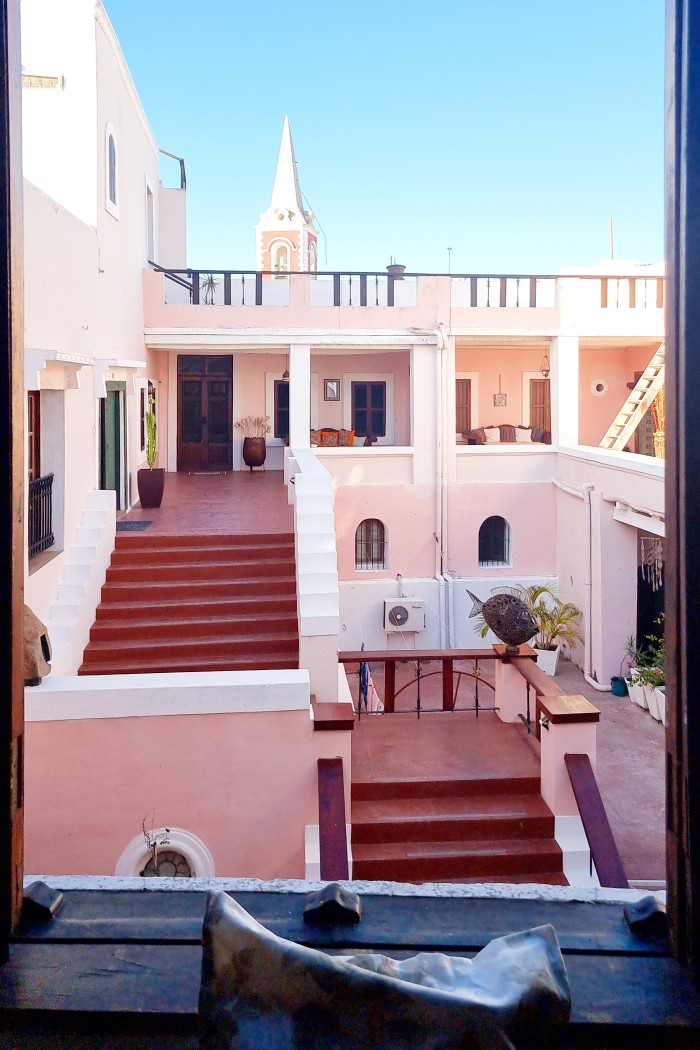
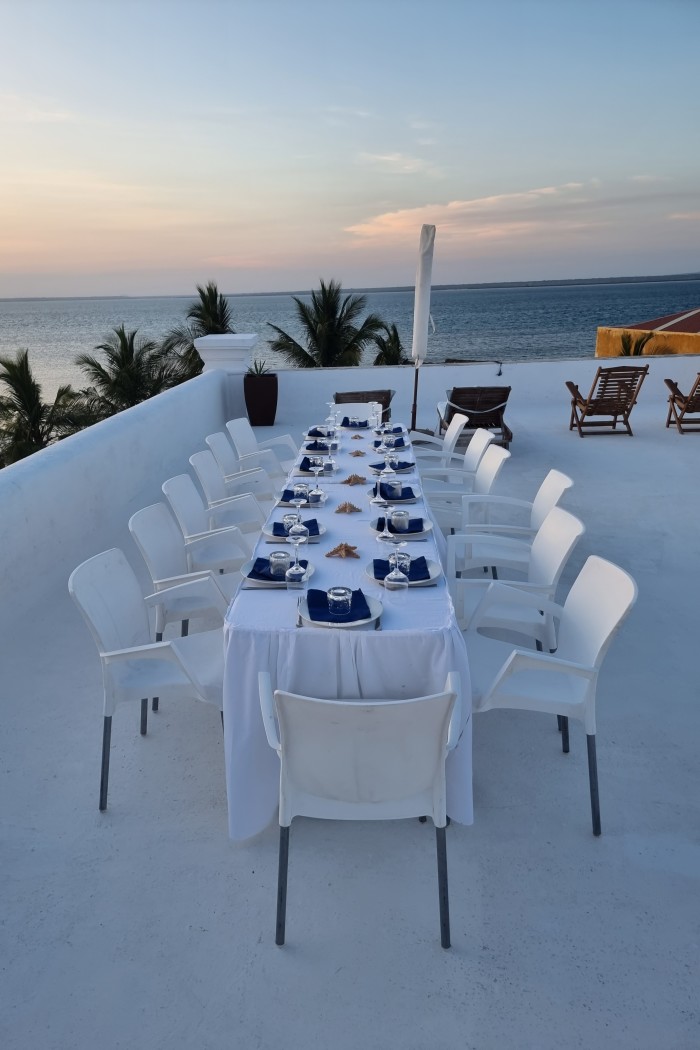
The stay: Like the island itself, Terraço das Quitandas has an extraordinary atmosphere. Built in the late 17th century, the former merchant’s mansion today has six suites, their walls coated in rich earth tones and spaces furnished with antique beds. There are multiple sitting-lounging rooms and spaces, among which is a games lounge with a low table surrounded by floor cushions, and a roof terrace that gives excellent sunset views and spice road feels. terracoquitandas.com, from $140
A fresh-air find off the Tasmanian coast
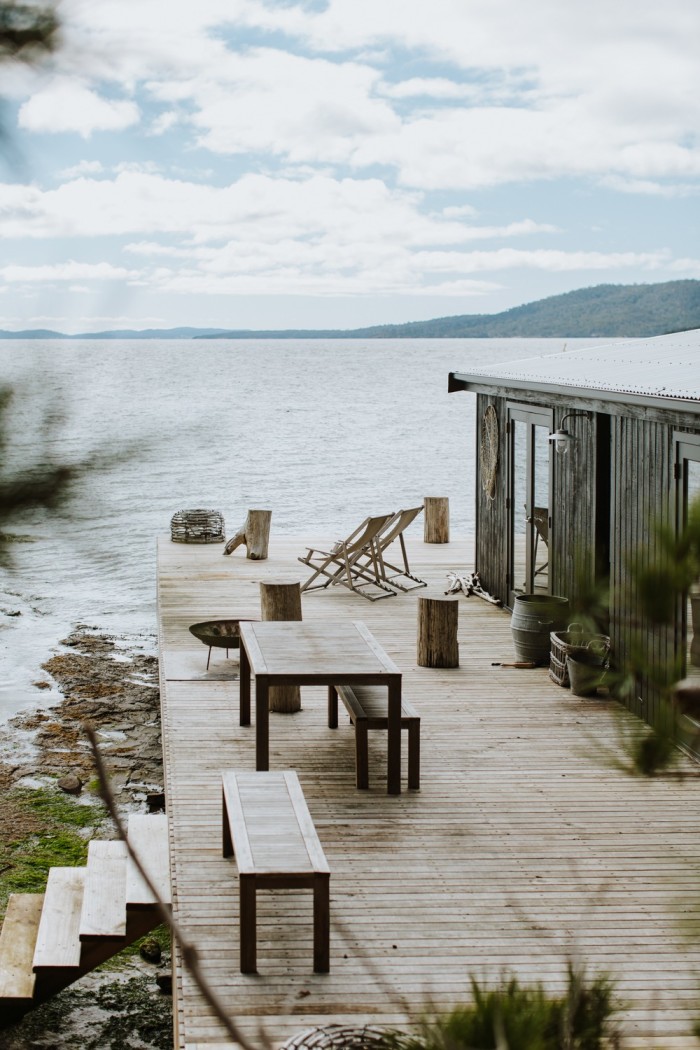
The island: The air is hyper-clean, the water is cold and clear, and nature is severe but spectacular off the south coast of Tasmania, where tiny Satellite Island floats in the d’Entrecasteaux Channel between the mainland and much larger Bruny Island to the southeast. It’s known (by those who know, and Satellite is very much a IYKYK kind of place) for the quality of its oysters and abalone and crayfish, and the skill with which they’re prepared by the island’s chefs. Its 30-hectare expanse is edged in rocky bluff and beach, its interior full of blue gums, and life abounds, from deer and quail to a resident sea eagle or two.
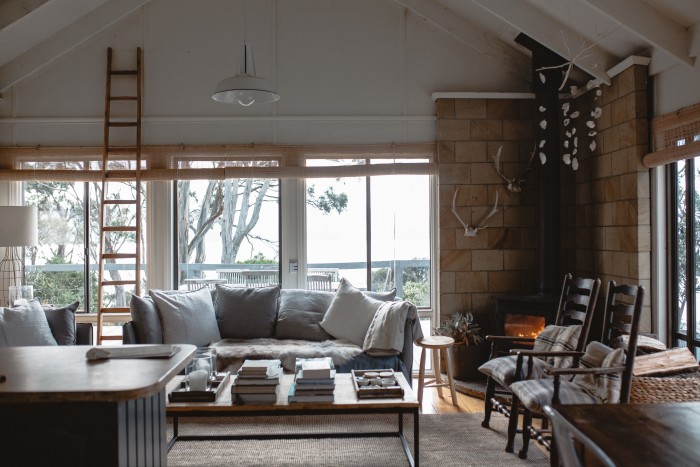
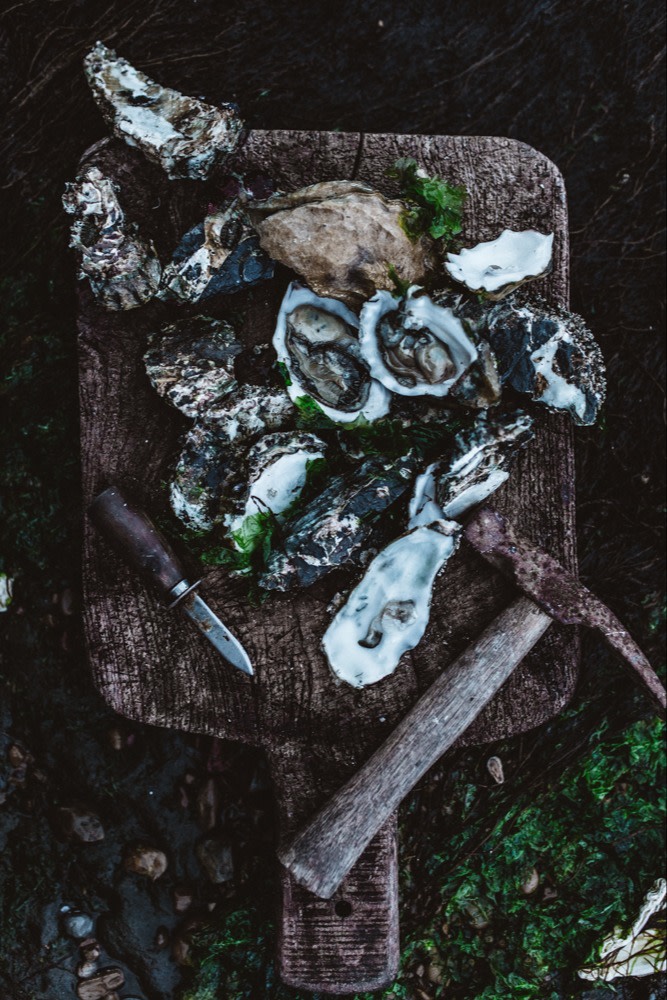
The stay: Spread across the Summerhouse and the Boathouse, Satellite sleeps a total of 8 people, but is as good (maybe better?) for just two. Its Melbourne-based owner, Kate Alstergren, provisions it with produce and dairy from nearby Bruny, and can lay on a chef as well. The style is part-homestead, part-beach shack: eminently photogenic, and very comfortable. satelliteisland.com.au, from A$3,250 (about £1,710)
Faraway feels (and a scuba divers’ nirvana) in Micronesia
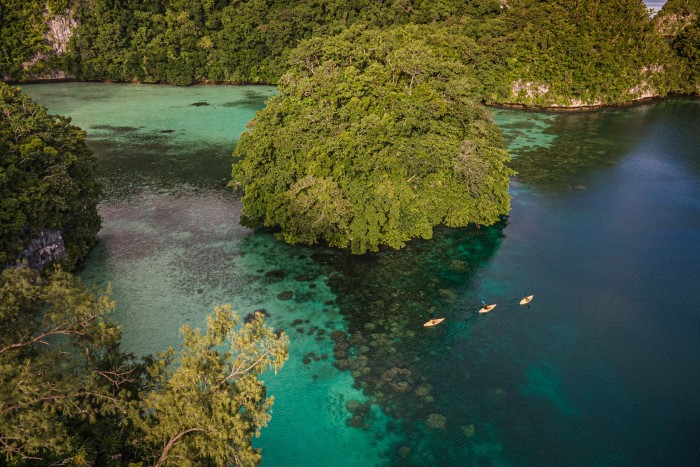
The island(s): A whole country of them – Palau, an archipelago nation in Oceania. Long a destination for divers and snorkellers, the limestone and basalt-volcanic islets, covered in viridescent jungle and numbering in the hundreds (many of which are totally uninhabited), harbour a vast array of marine life, from tiny micro planktons to the big charismatic pelagics, sharks and mantas. The historic practice of bul, whereby local fisherman vacate areas of sea to let fish populations recover, accounts in part for the pristine underwater environment; so does the fact Palau sits in a vast marine sanctuary which extends as much as 200 nautical miles beyond land in places, and some 80 per cent of its marine zones are protected by law since 2015. It’s the stuff of castaway dreams, where you might go days without seeing another soul.
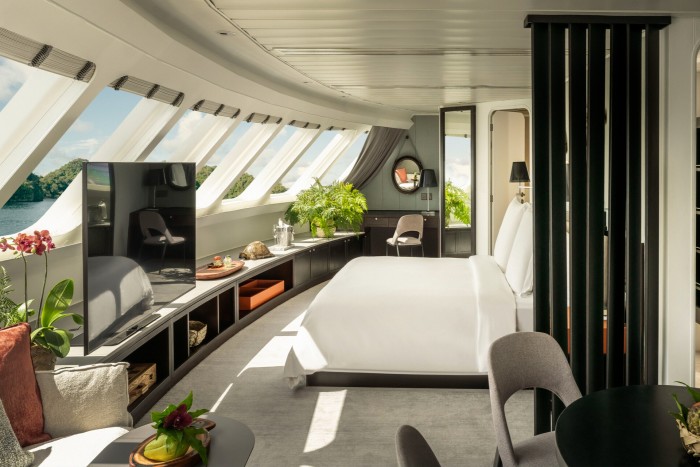
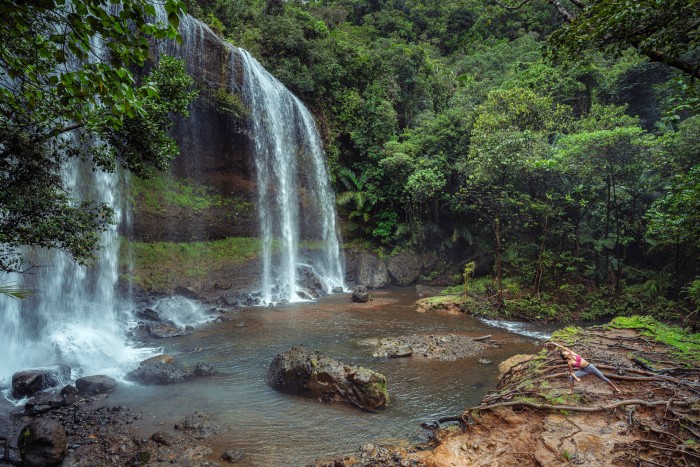
The stay: The way to do Palau is 1) mobile, and 2) well-supplied with water-sport kit. The Four Seasons Explorer – the hotel company’s excellent dive boat, a 129ft motor catamaran which for years has chartered in and around the Maldives – is as of this month based in Palau. With its 5.2ft draught, the Explorer can reach waters other charter yachts can’t (and it has super-nimble tenders for those inlets and dive sites even it can’t make). There is stand-up paddle boarding and kayaking for the non-divers. Onboard there’s fresh food prepared by your chef, and yoga and massages if you want them, and evenings are for barefoot beach barbecues on empty shores, with the occasional lecture from the Explorer’s resident marine biologist. fourseasons.com, from $2,800
Comments